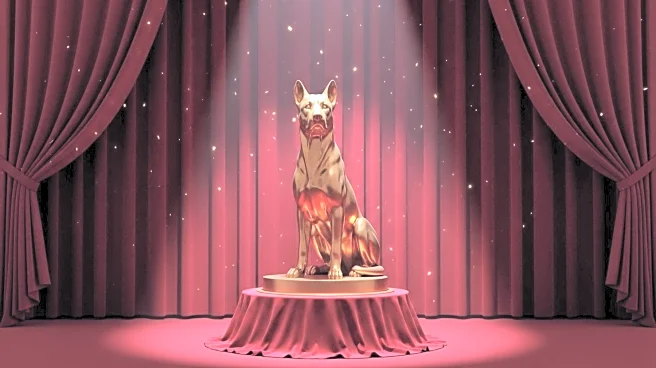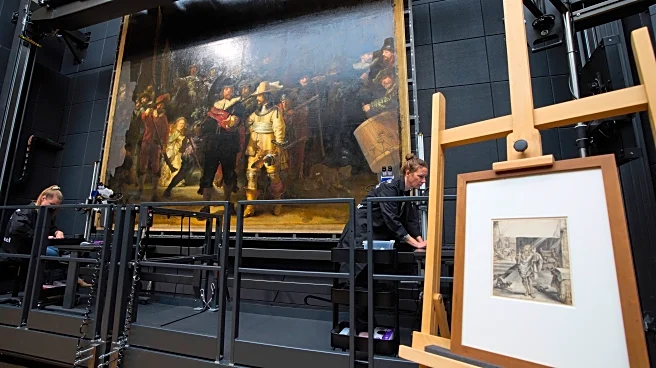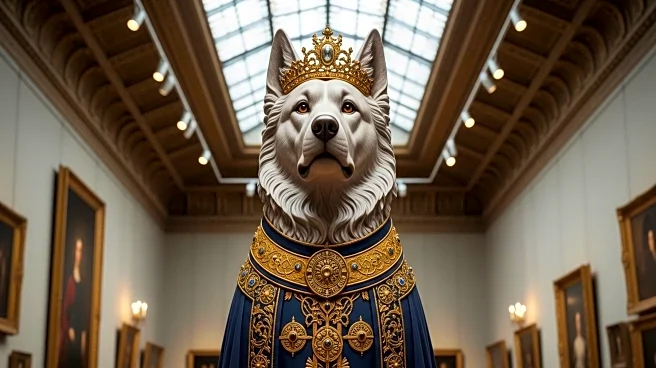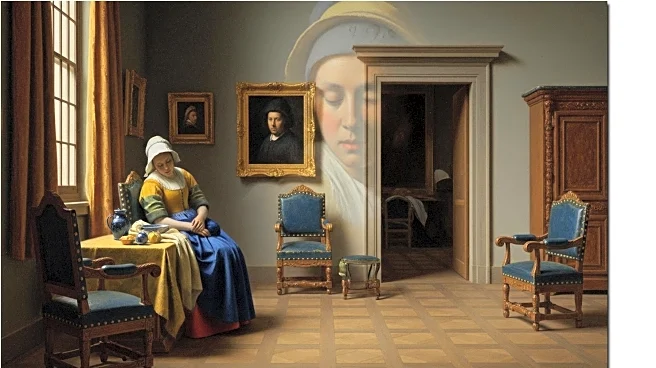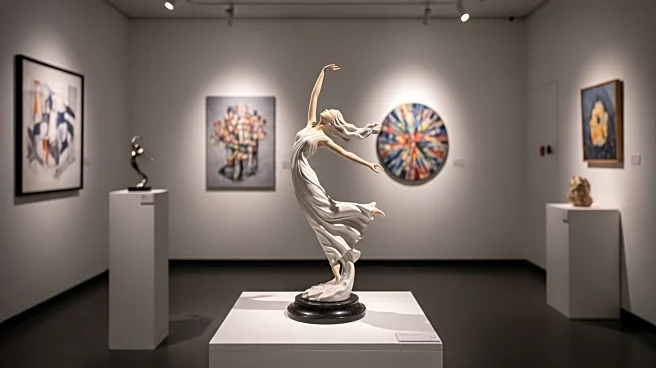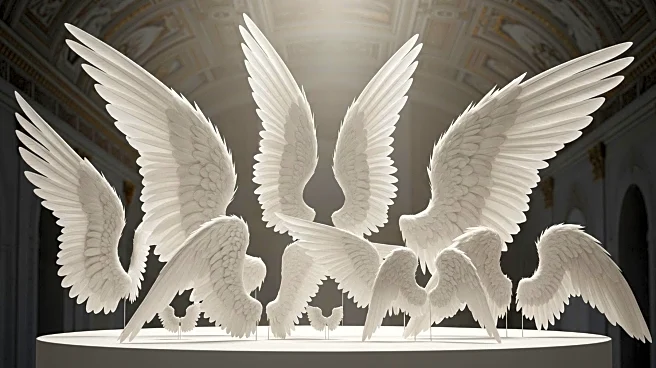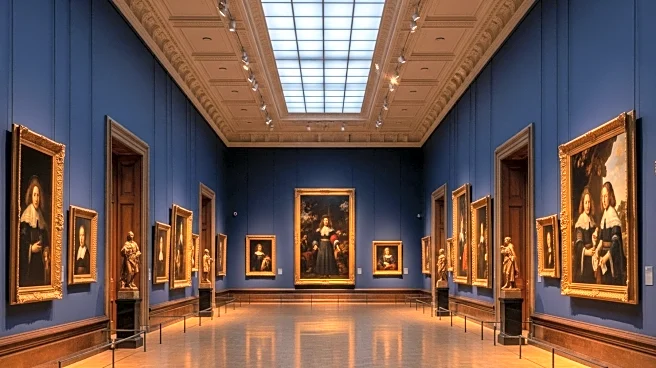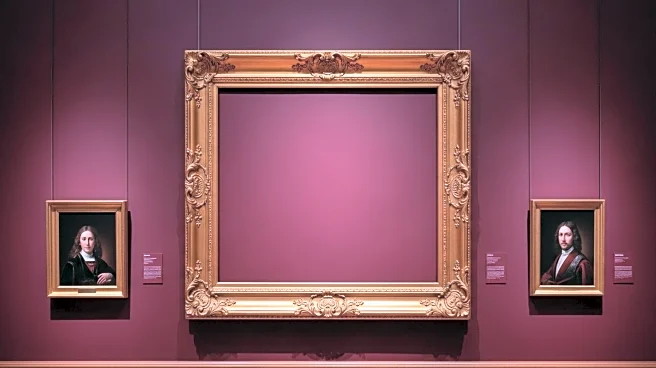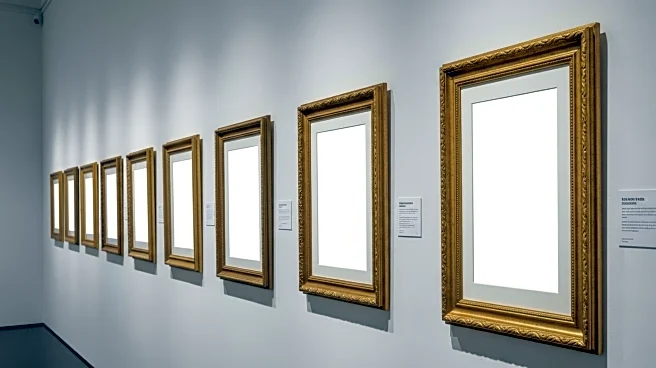What's Happening?
Recent research has uncovered that the dog depicted in Rembrandt's famous painting, The Night Watch, was inspired by an illustration from a widely available book. The painting, created in 1642, features a dog that appears slightly out of place among the citizens of Amsterdam. Anne Lenders, curator of 17th-century Dutch paintings at the Rijksmuseum, identified the resemblance between the dog in The Night Watch and an illustration by Adriaen van de Venne during a visit to the Zeeuws Museum. Further analysis using macro X-ray fluorescence scans confirmed similarities between the two dogs. Rembrandt adjusted the dog's posture in his painting to make it appear active and alert, enhancing the dynamic quality of the artwork.
Why It's Important?
This discovery sheds light on Rembrandt's artistic process and his use of existing illustrations as inspiration. It highlights the practice of copying as a form of artistic training and erudition during the 17th century. Understanding these influences provides deeper insight into Rembrandt's work and the cultural context of the time. The revelation also emphasizes the interconnectedness of artists and their works, showcasing how ideas and motifs were shared and adapted across different mediums. This contributes to the broader appreciation of historical art and its evolution.
What's Next?
The Rijksmuseum continues to publicly restore The Night Watch, allowing visitors to observe the conservation process. This ongoing restoration may lead to further discoveries about Rembrandt's techniques and influences. The museum's director, Taco Dibbits, suggests that such findings could enhance the understanding of Rembrandt's legacy and his place among learned artists of his era. As research progresses, more connections between Rembrandt's works and other historical illustrations may be uncovered, enriching the narrative of art history.
Beyond the Headlines
The practice of using existing illustrations as inspiration raises questions about originality and artistic integrity. It challenges modern perceptions of creativity, suggesting that historical artists valued adaptation and reinterpretation. This perspective can influence contemporary discussions on intellectual property and the role of inspiration in artistic creation. Additionally, the discovery highlights the importance of interdisciplinary research in uncovering historical art practices, encouraging collaboration between art historians, conservators, and scientists.

